Overview
Augmented Reality Laboratories : Bridging the Gap Between Theory and Experience
Ready to unlock the full potential of augmented reality in your laboratory? Contact us today to discuss your project requirements and discover how AR concept to implementation, we’re here to make your AR dreams a reality.

Features
Why Choose Our Augmented Reality Lab Setup?
- Overlay of digital content: AR overlays an image as like objects; images, videos or 3D models on the physical view of the user.
- Real-time interaction: For the case of the media they can read the content or even watch it in a real-time manner; it becomes interesting.
- 3D object recognition: The real objects in the physical environment can be recognized by AR systems in 3D reducing the placement of digital objects to a precise niche.
- Sensor integration: AR to check where the user is and what is around him\her most often uses cameras, accelerometers, and gyroscopes.
- Immersive experience: AR really controls a client through setting up the environment and giving the feeling that the space formed virtually is extremely genuine.
- Platform compatibility: Because of enormous potential, applications for augmented reality can be designed for the smartphone and tablets, for smart glasses, and for the head mounted displays.
- Customization: It means that the organisation of AR experiences can be sensitive to the certain user needs and wants.
Use Cases
Key Use Cases of Augmented Reality Lab
- Interactive Learning: Engage with 3D models and simulations to enhance insight and engagement. Virtual dissections allow users to make detailed examinations on complex structures without using real specimens.
- Visualizations: See and manipulate digital overlays on real-world objects to understand abstract concepts.
- Remote Collaboration: Users can collaborate in the same AR space to facilitate teamwork and communication anywhere in the world.
- Simulations: Skills can be trained and refined completely risk-free in a virtual environment connected with training and education in particular.
Maintenance and - Repair: Instructions guided through the equipment, thus highly simplifying and raising the accuracy of complex tasks, can be displayed over the equipment.
- Prototyping: The ability to see designs in real-world scenarios before creating physical prototypes saves a lot of time and resources.
- Interactive Storytelling: Enhanced AR experiences that bring stories and narratives to the user will be much more engaging and interactive.
- Virtual Tours: Users can roam remotely around environments with digital information and enhancements that take them through every nook and cranny.
- Rehabilitation: Real-time feedback and motivation to do exercises/therapies help the user recover and improve.

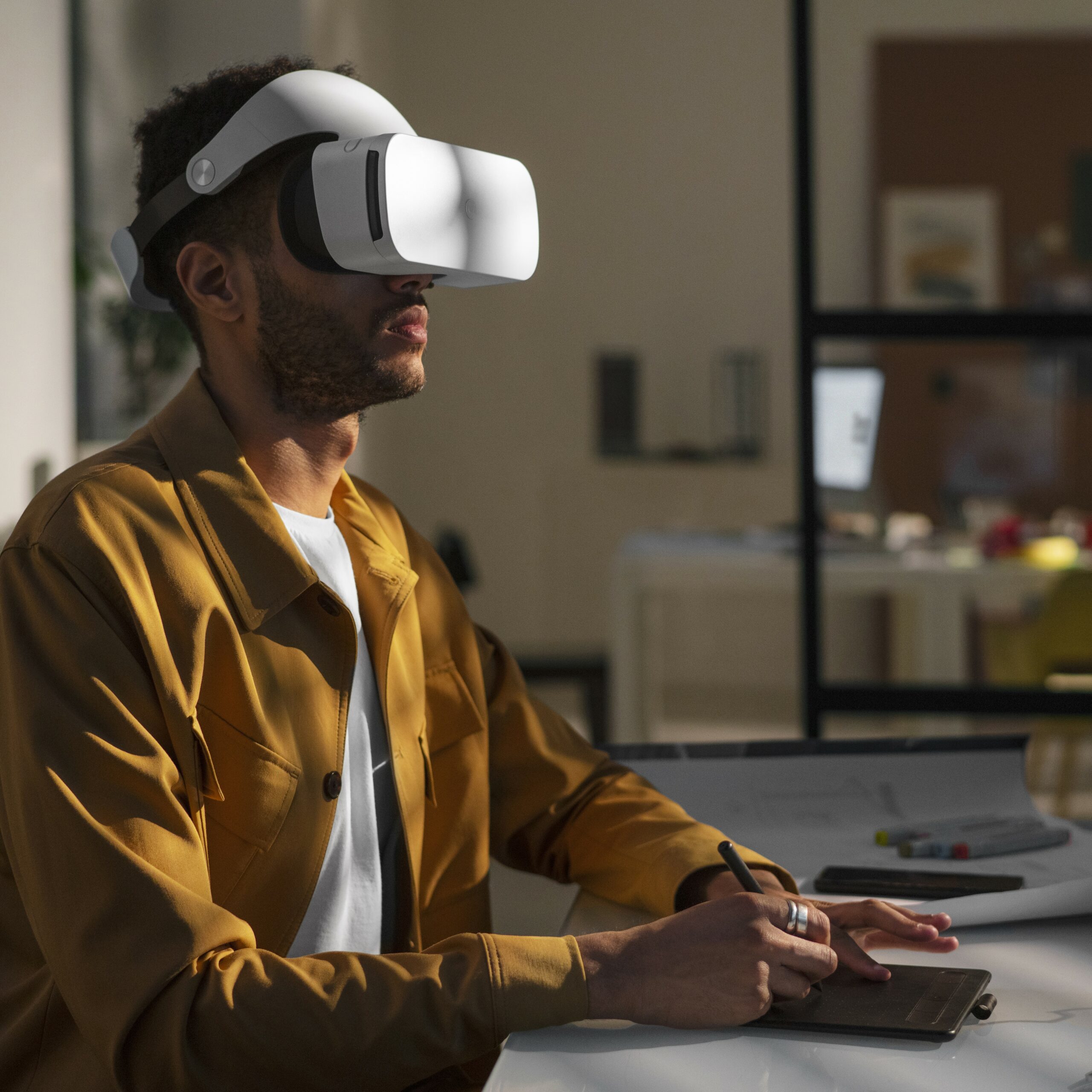
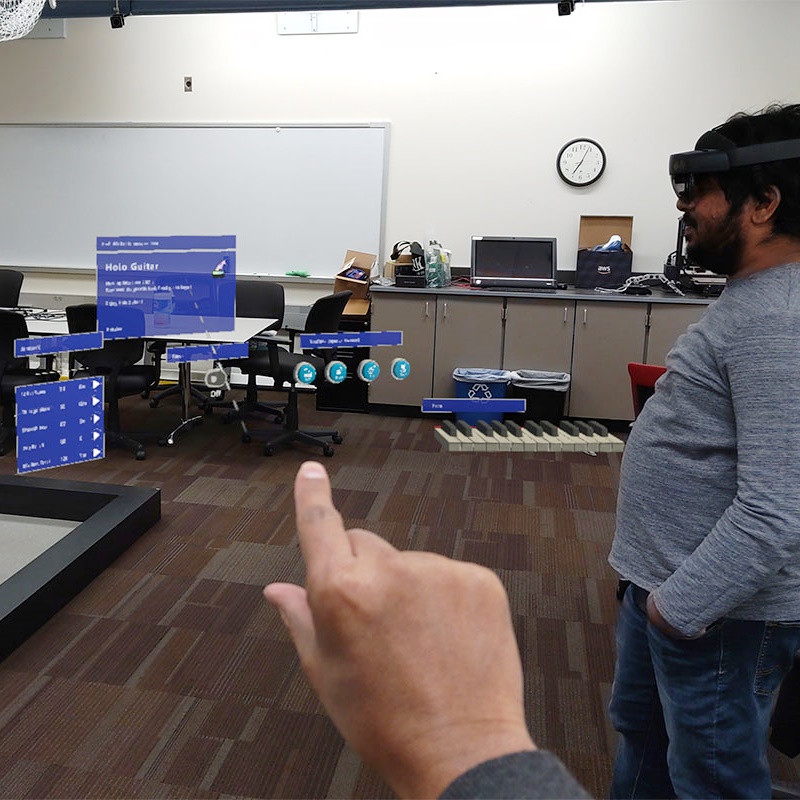
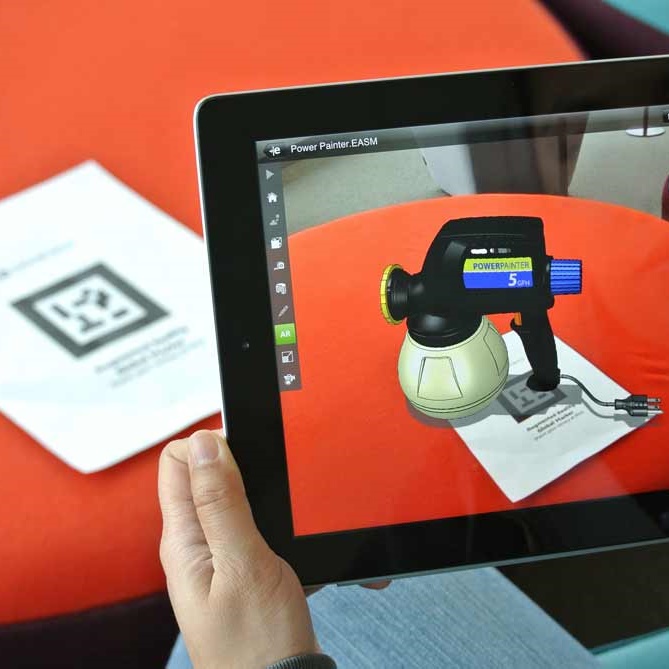
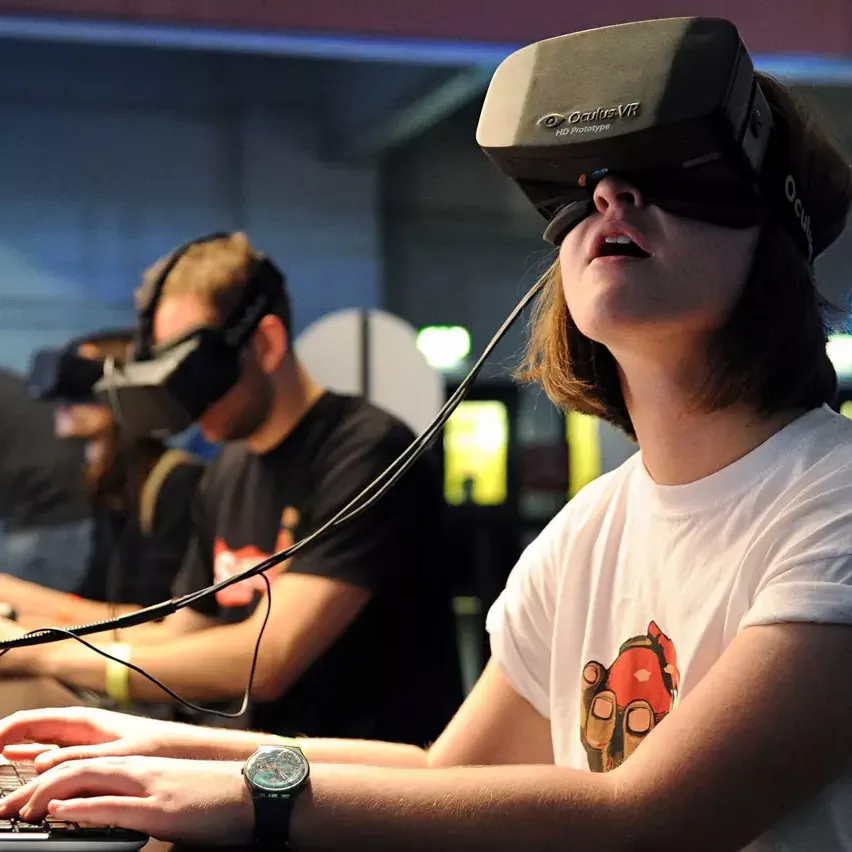
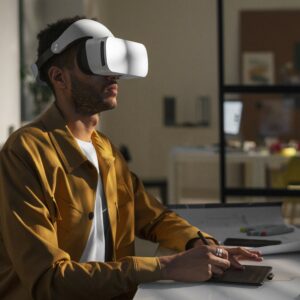
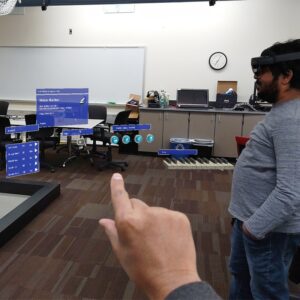

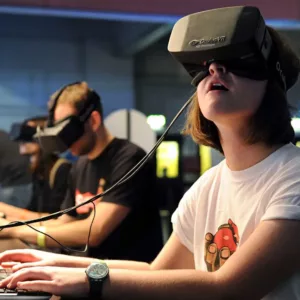
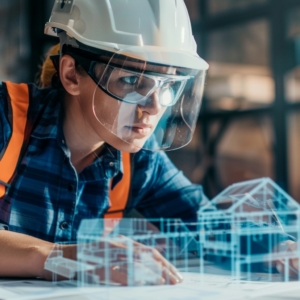

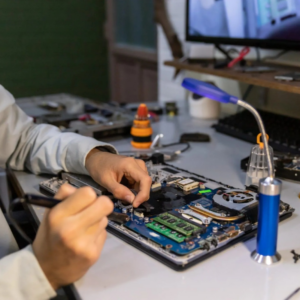
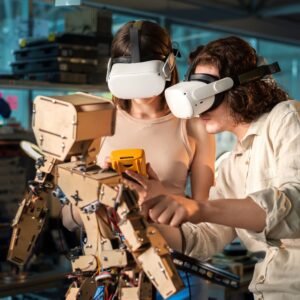

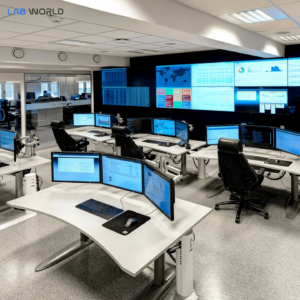
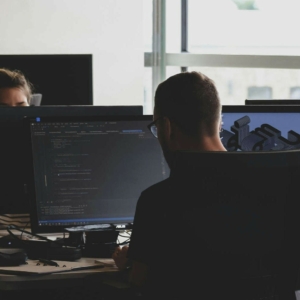


Reviews
There are no reviews yet.